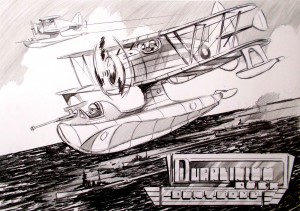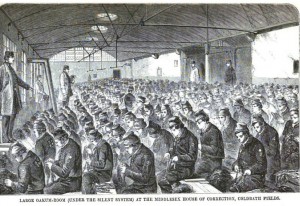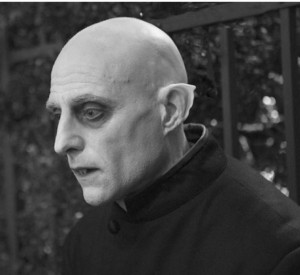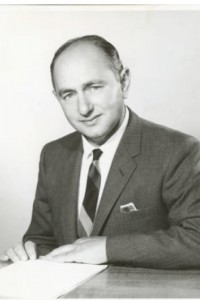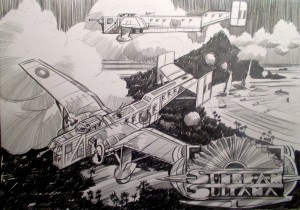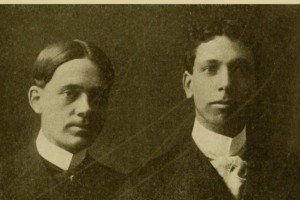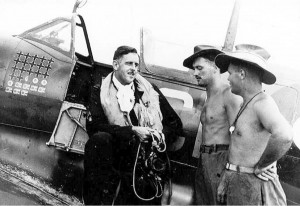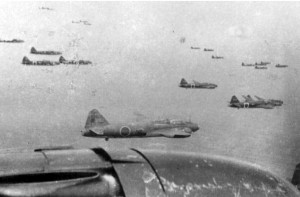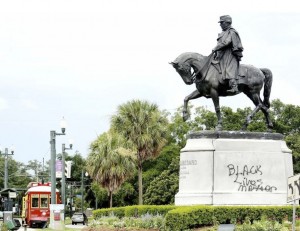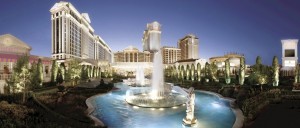The Duralinium Duck, (Dunt Corporation)
The early 1930’s, were halcyon days for the manufacturers of composite and synthetic products. None more so than aircraft manufacturers. Howard Hughes, billionaire visionary achieved worldwide acclaim and demonstrated the potential for producing aircraft that didn’t rely on restricted materials by designing the Spruce Goose. Made entirely of laminated plywood and composite veneers this impressive aircraft was intended to be a flying Liberty Ship. If produced in sufficient numbers it would’ve revolutionised the trans atlantic convoy system. But his imagination was beyond the reach of technology and only one aircraft ever flew. Similarly De Havilland developed “the wooden wonder”, the twin merlin engined Mosquito which performed superbly as a very fast reconnisance, pathfinder and fighter bomber for hit and run attacks upon the enemy. In Australia the Birko company, manufacturers of durable kettles, electric jugs and tea urns produced their answer to composites with the Bakelite Birko. The Birko a ground attack aircraft, designed for low level strafing of Japanese landing barges in the event of invasion, was a fast, high powered, (Cyclone 1850 radial) attack fighter bomber, precursor to the Tempest and Typhoon, and was constructed entirely of durable Bakelite. Lastly in 1941, the Burnie plywood company introduced the first ever Burnie Board transport aircraft, the ‘Burnie Board Bushman’. The Bushman set new records for carrying capacity, endurance and range. Capable of flying non stop, (warp speed) from Hobart to Darwin, it promised to revolutionise logistics in the top end.
With all this fierce research and technical improvisation it was not long before a locally owned subsidiary of the Hughes corp, the Dunt company of S.A, put forward their design answer to the air ministry specification 38 / 40 for a medium sized amphibious patrol fighter. The Duralinium Duck combined all the technical advances pioneered by the previously described firms; composite , and synthetic materials, and then radically developed the first ever mass produced Duralinium airframe. Rather than the standard monocoque fuselage and extensive ribbing, riveting and tensioning, the Duck was pressed with flat sheets of duralinium from the DUNT Sheet metal works factory in Port Adelaide and then simply bolted together. The fuselage comprising two pressed sheets, wing another, and tailplane another. A complete aircraft in just five components. As the company sales pitch suggested, “So easy a child can do it’ which fatefully did occur when a precocious seven year old ‘Chrissy’, (Kissa) Pyne from St Peters ambitiously assembled an aircraft and was taxiing before being stopped. Painted Pea-green in jungle camouflage and having hydrolastic suspension, the performance was elegantly smooth, easy to fly and its superb buoyancy, earned it the nickname the ‘Pea Floater’. Orders rushed in and in a very short space of time the Duck was performing sterling service as a courier, reconnaissance and supply aircraft to far flung and remote outposts.
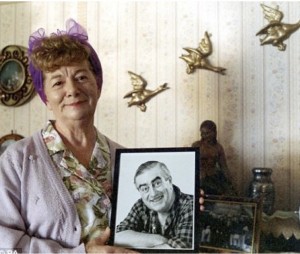
Mrs, Winnie Hancock, proudly displaying her ducks and a photograph of her late husband F.Lt. Hencock. RAAF. Scarf and curlers kindly lent for this photo shoot by the Hon. Mr. Christopher Pyne. MP. From his personal collection.
Within six months the Duck had secured a position as an indispensable part of war service. The popularity exceeded the Catalina and the Beaufort. The Roy Rene penned hit for January 1943 ‘I’m in luck, love a duck’ was hugely popular outselling Bing Crosby’s White Christmas’. Crucial to the Duck’s early success was the radical placement of a bow gunner forward of the spinner in the specially designed main float. Armed with a Boyes anti tank gun, and with midgets selected from the dwarf training establishment, (midget Submarines), lower Sandringham, it proved a formidable weapon when skillfully piloted. Then disaster struck. Ducks began to disappear. On black Wednesday 23 Jan 1943 a squadron of Ducks vanished without trace off Magnetic Island. The same thing happened off Broome, and a week later, another flight of Ducks vanished off Jervis Bay. No wreckage, no fragments.
Then, whilst taxiing, Flt Lieutenant P Hencock, heard a loud bang and just had time to jump ship when his duck sank like a stone. Upon investigation it was discovered corrosion had eaten away at the securing bolts, and electrolytic deterioration had seriously weakened the entire airframe, Grounded the ducks were sold for scrap. To a home furnishings company who melted the craft down and ironically produced elegant ornamental duralinium ducks for house interiors. An ignominious failure for an aircraft that promised so much. In the words of the P.M, Mr. John Curtain, who surmised the subsequent investigation; ‘Sometimes we reach for the stars, and our ambition exceeds our reach. To the Dunt Duck which promised so much. Swam like a duck, Flew like a duck. Croaked and then Quacked’. (Cracked)
Duralinium Duck Specifications Crew: 2
Range: 1500 miles (on air), 350 miles on water.
Powerplant: One Pratt and Whitney Cyclone 1850 radial piston engine.
Performance 230 mph @ 15,000 feet. 255 mph in dive mode.
Armament 2 x .303 Vickers machine Guns in bow turret. 2 x 200 lb bombs. 2 x 200 lb depth charges.
Operators: RAF, RAAF

